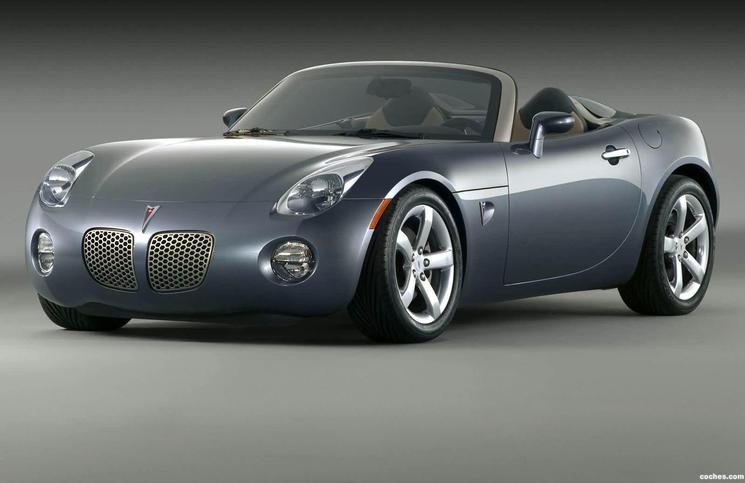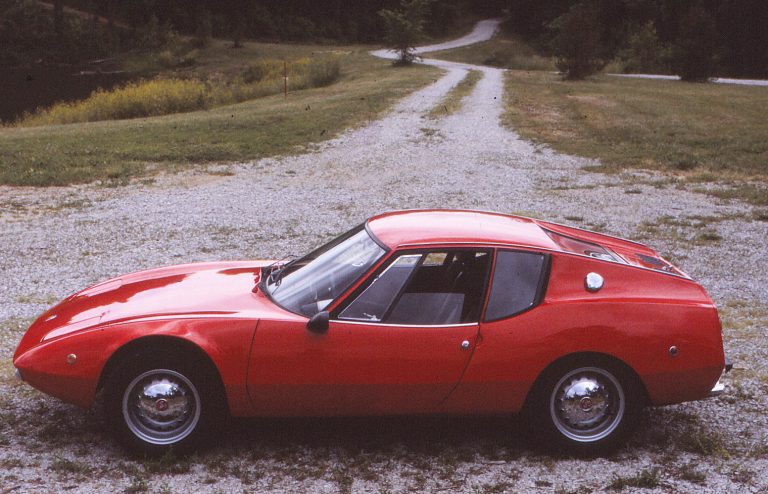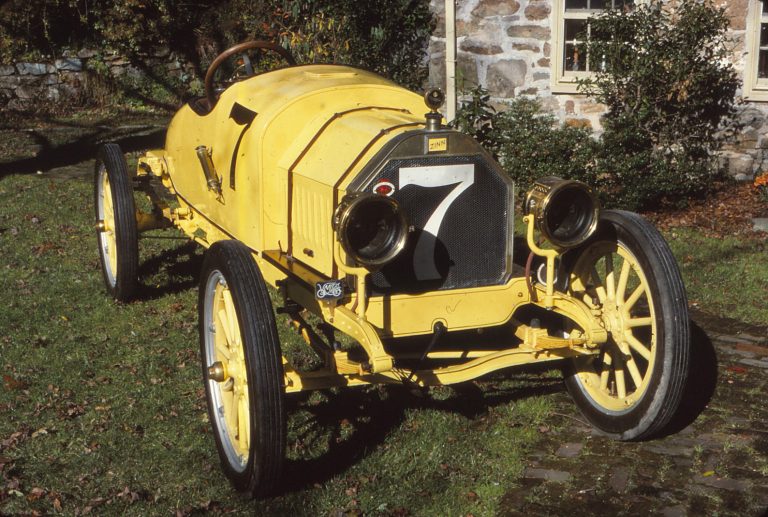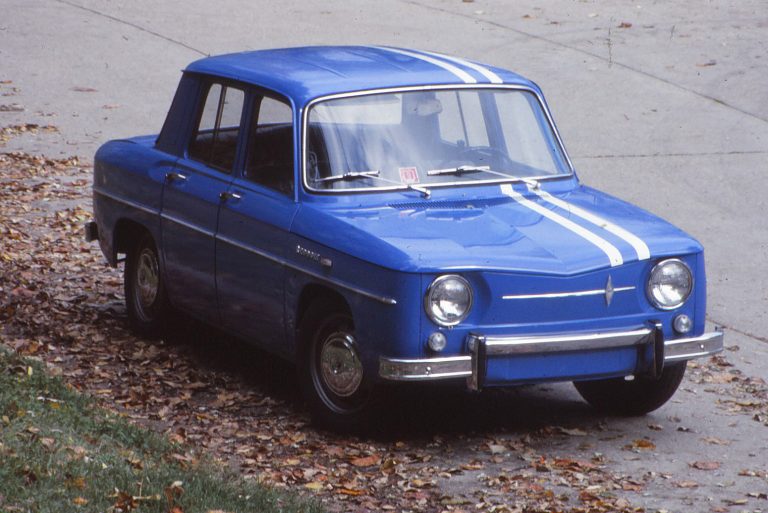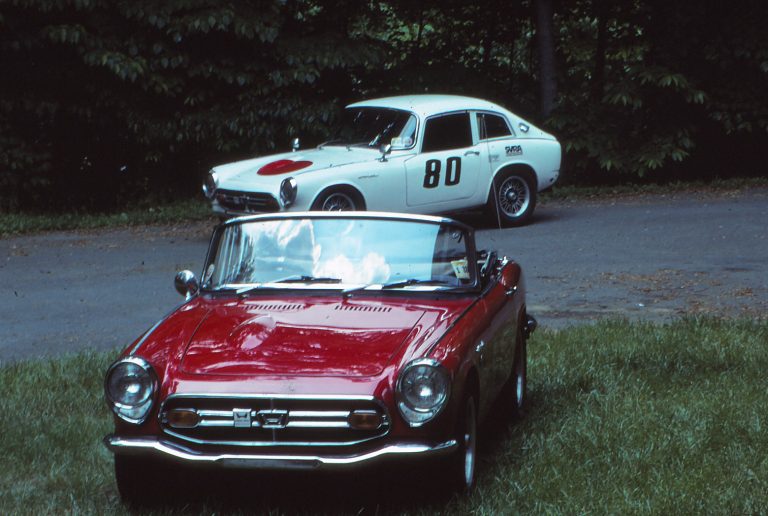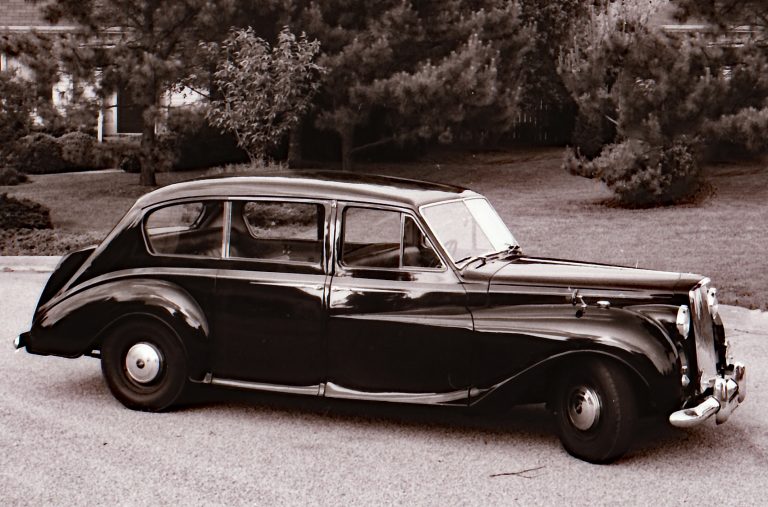Original history/driving impressions originally published in Motor Trend’s Sports Cars of the World-1990, republished by the author
“Only $2,575,291.” That’s how much GM paid for all of Vauxhall in 1925, according to Alfred P. Sloan in his book, My Years With General Motors. Small stuff for GM, “only a kind of experiment in overseas manufacturing.”
But for Vauxhall, and for Britain, it was the beginning of the end of an era. GM’s acquisition of the small company – Vauxhall never made more than 1500 cars a year – would bring profits to the Luton-based firm, but it would also mean the end of a great Edwardian-era sportster and one of the best British sports cars of the ‘20s, the Vauxhall 30/98.
The 30/98 was the final iteration of a theme that Vauxhall’s Chief Engineer, Lawrence Pomeroy, Sr., (father of noted British auto writer) had begun with the three-liter Prince Henry in 1910. Named for the European trials in which it had first success, the Prince Henry’s engine was enlarged to four liters in 1912-13 in response to competition. That was good, but not enough for some. When one John Higginson asked Pomeroy for a faster Shelsey Walsh hillclimber, Pomeroy enlarged the bore of the four-cylinder engine by three mm and lengthened the stroke by five mm – by cold stretching the crank with a steam power hammer!
Blacksmith engineering completed, the now 4.5 liter engine went into a Prince Henry frame, and Higginson went out and set a record at Shelsey Walsh the first time out. As sure as you can say “Race on Sunday sell on Monday,” a whole lot of folks were beating a path to Bedfordshire for what he was having over there.
A lot is relatively speaking. Only 18 of this new model, christened the 30/98 (for no known reason; the numbers match neither tax nor horsepower), were made before The Great War. The limited production numbers have more than something to do with the chassis price of the 30/98 being £900 while the standard Prince Henry, also in production, cost only £580.
After the war, the 30/98 took over as the “E-type” which, fixed-head engine and all, was guaranteed to do 100 mph in chassis form. In fact, all 30/98s, from the beginning to the end, came with the promise that if the buyer wished, the factory would certify that ability with the customer’s own car.
The E-type was succeeded in turn by the OE-type, which was more different than a simple addition of a letter would suggest. It was drawn not by Pomeroy, whose overhead cam design was rejected after which he left for the U.S., but by one C.E. King. Instead of the E-type’s exposed valves and valve springs, the OE was an overhead valve design with very large valves. Where the E-type made 90 BHP at 3000 rpm (very good for a pre-war design), the OE produced around 115 bhp with revs raised to 3300 RPM. The engine speed was made possible in part by the use of aluminum connecting rods, advanced for 1922, and also by a reduction of the stroke by 10 mm, though the latter was done mainly to keep hood height down. The OE, though, displaced only 4224 cc, and traditionalists preferred the torquier earlier model. Oh well.
The innovation of front brakes came in 1923, though these were cable-operated off a foot pedal which also activated a transmission brake. The meat of the stopping chore was done by the rear brakes, applied by a large lever mounted outside the car itself. Hydraulics came soon after, but only for the foot brake, the cable system being retained for the rears.
Most 30/98s came with either four-seater Velox or Wensum bodywork, the latter in a handsome nautical style. Only one was known to be bodied in the U.S., that a rumble-seat roadster built by the Durham Body Co. of Philadelphia. The Pennsylvania firm started making carriages in 1887 and expired in the’ 50s after being reduced to making luxury conversions, but in 1926 was well known for the quality automotive coachwork it supplied. The 30/98 Register has no record of the original owner, the registrar David Marsh surmises that the car was shipped from the factory with no body but with fenders and the Vauxhall hallmark fluted hood and radiator.
Ralph Stein wrote of what is probably this car in his book The Great Cars. It was owned by Ray Gilhooly, who sold used foreign cars in New York (though he is best known for the spectacular spin he performed at Indianapolis and that now carries his name). Stein almost bought the car, but presumably it instead went to a J. Frost who began to restore the car but only took it apart. Bought by New York collector Gardener King after World War II, it was finally rebuilt. In the mid-60s it was sold to W.H. Lane, who in turn sold it in 1986 to Charles Mallory of New York City.
The Vauxhall is now, as it always was, a very long legged machine, its booming exhaust chasing it up to an easy 70 mph and beyond. With right-hand drive, the gearshift is near the driver’s right knee. It’s a solid affair which feels as if it was machined from a billet. It isn’t easy to change gears, the non-synchro box wanting double clutching going up as well as down. It’s best just to short shift, matching gear speeds at lower rpm and relying on the engine’s thunder to bring up the speed.
Though light for the era, the steering does take some shoulder to start the almost 3000-pound car turning, though once set into a turn the 32×4.5 Dunlop’s cling with surprising tenacity. Nor does the chassis betray their effort. Brakes are the weak link, the foot brake pulling the car from side to side, though once the drums are warmed the handbrake is quite effective. The trick is not to forget to reach for the handbrake while also remembering that the Vauxhall also has a center throttle, with the brake on the right. If you have to stop right now, what is it one grabs or stomps or…? Speed, though, was the 30/98’s trump: At Brooklands alone some 27 firsts, 28 seconds, and 14 thirds were counted by 1926. It is a tribute to the quality of the Vauxhall 30/98 that one came in fourth in the first Watkins Glen Grand Prix in 1949.
Production of the 30/98 continued after GM bought Vauxhall, but GM had other plans. Vauxhall was to become a volume producer of cars that Alfred Sloan understood: ones that made money. If not history. The 604th and last 30/98 was completed early in 1927. But even today, British enthusiasts debate Bentley versus vintage Vauxhall. It was just that kind of car.







